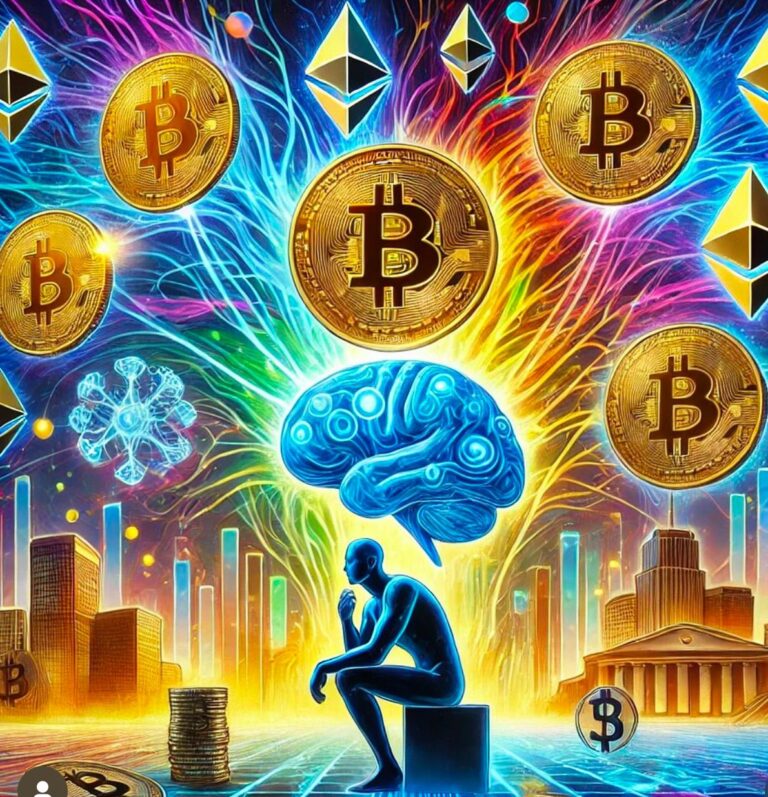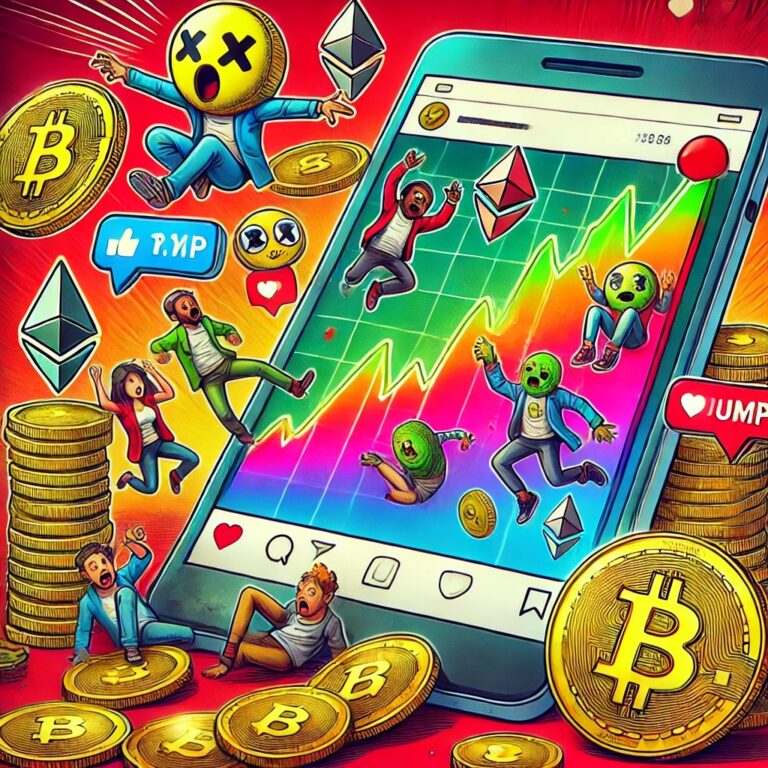
Introduction
Blockchain is the backbone of cryptocurrencies and many emerging technologies, yet it remains one of the most misunderstood concepts. Whether you’re a beginner or someone with some knowledge, this guide will break down blockchain technology in a simple, easy-to-understand way. We’ll cover what it is, how it works, its key components, and why it matters.
1. What is Blockchain?
At its core, a blockchain is a decentralized, digital ledger that records transactions across multiple computers in a secure and transparent way.
🔹 Unlike traditional databases, which are centralized, blockchains are decentralized—no single authority controls the data.
🔹 Every transaction is recorded in a block and linked to the previous block, forming a chain (hence the name “blockchain”).
Key Features of Blockchain:
✅ Decentralized: No central authority; data is distributed across multiple nodes (computers).
✅ Immutable: Once recorded, data cannot be changed or deleted.
✅ Secure: Uses cryptographic techniques to prevent fraud.
✅ Transparent: Anyone can verify transactions on public blockchains.
2. How Blockchain Works: Step-by-Step
A. Transaction Initiation
- When you send Bitcoin or any other cryptocurrency, the transaction is broadcasted to the network.
B. Transaction Verification
- Nodes (computers in the network) validate the transaction using consensus mechanisms (e.g., Proof of Work or Proof of Stake).
- Miners or validators confirm the transaction and ensure no double-spending occurs.
C. Block Creation
- Verified transactions are grouped into a block and added to the chain.
- Each block has a unique identifier (hash) and a reference to the previous block.
D. Block Added to Blockchain
- Once verified, the new block is added to the existing chain, making it permanent and unchangeable.
E. Transaction Completion
- The transaction is now confirmed and visible on the blockchain.
3. Types of Blockchains
A. Public Blockchains
✔️ Open to everyone (e.g., Bitcoin, Ethereum)
✔️ Highly secure but slower due to large network verification
B. Private Blockchains
✔️ Controlled by an organization (e.g., Hyperledger, R3 Corda)
✔️ Faster but less decentralized
C. Consortium Blockchains
✔️ Semi-decentralized; controlled by multiple organizations
✔️ Used in industries like banking and supply chain management
4. Consensus Mechanisms: How Transactions Are Verified
Since blockchains are decentralized, they rely on consensus mechanisms to validate transactions:
A. Proof of Work (PoW) – Used in Bitcoin
🔹 Miners solve complex mathematical puzzles to add a new block.
🔹 Requires huge energy consumption and expensive mining hardware.
B. Proof of Stake (PoS) – Used in Ethereum 2.0, Cardano, Solana
🔹 Instead of mining, users stake (lock) their coins to validate transactions.
🔹 More energy-efficient and faster than PoW.
C. Other Consensus Mechanisms
✔️ Delegated Proof of Stake (DPoS) – Users vote for delegates to validate transactions.
✔️ Proof of Authority (PoA) – Transactions are validated by a few trusted nodes.
5. Real-World Applications of Blockchain
🌍 Cryptocurrencies – Bitcoin, Ethereum, and thousands of other digital currencies use blockchain.
🌍 DeFi (Decentralized Finance) – Enables lending, borrowing, and trading without banks.
🌍 NFTs (Non-Fungible Tokens) – Digital ownership of art, music, and collectibles.
🌍 Supply Chain Management – Companies like IBM use blockchain for transparent tracking.
🌍 Voting Systems – Blockchain can prevent election fraud and ensure fair voting.
6. Challenges and Limitations of Blockchain
🔻 Scalability: Networks like Bitcoin process limited transactions per second, causing delays.
🔻 Energy Consumption: PoW-based blockchains require significant energy.
🔻 Regulatory Uncertainty: Governments are still figuring out how to regulate blockchain use.
🔻 Adoption Barriers: Many industries still rely on traditional centralized databases.
Final Thoughts
Blockchain is revolutionizing industries far beyond cryptocurrencies. As technology advances, we’ll see faster, more scalable, and energy-efficient blockchains that will reshape finance, governance, and everyday transactions. Understanding blockchain is the first step in recognizing its potential!




